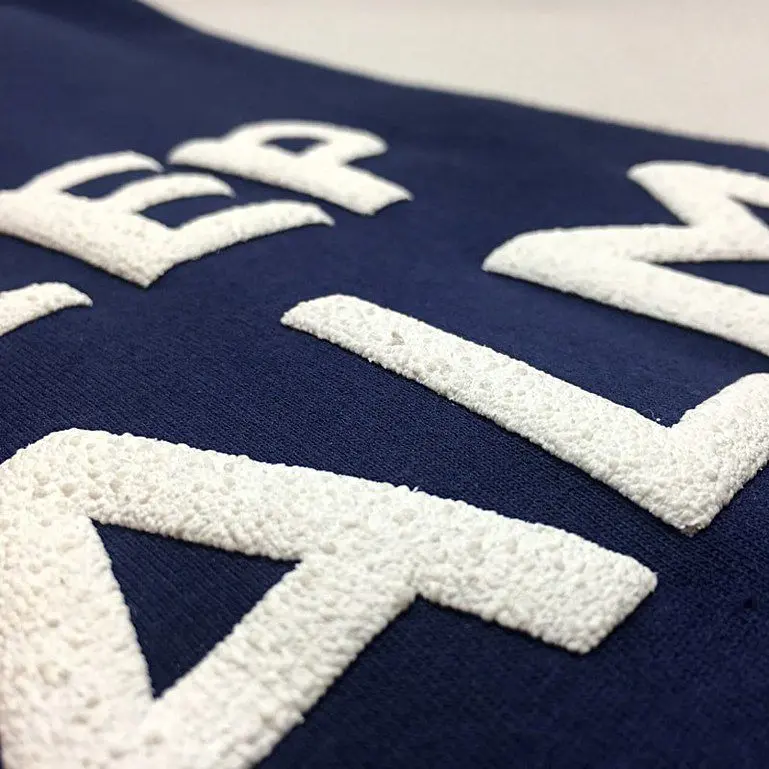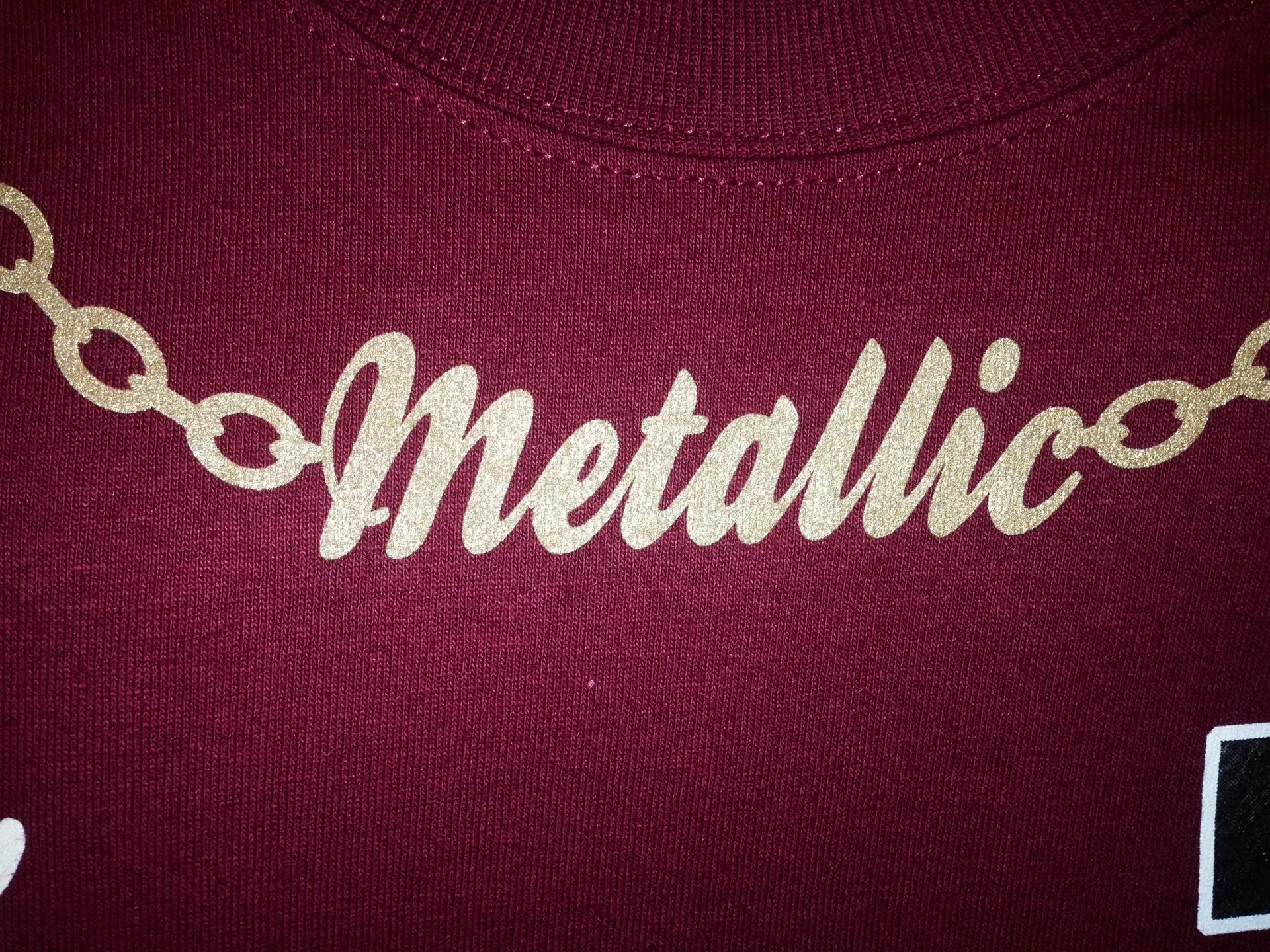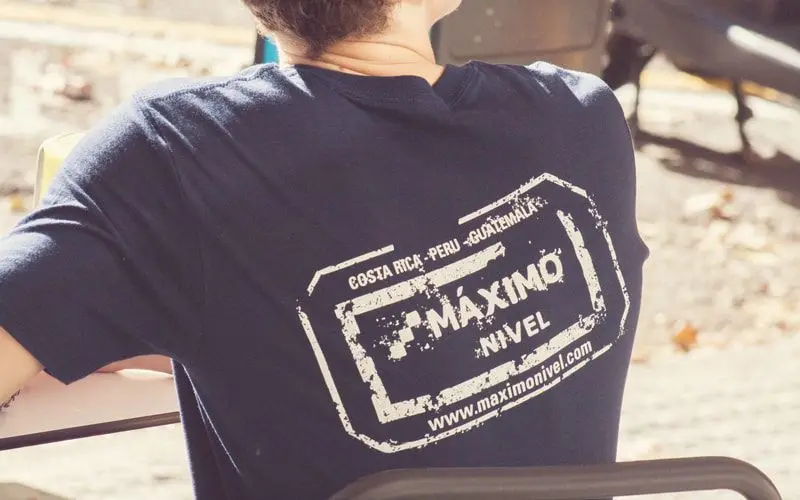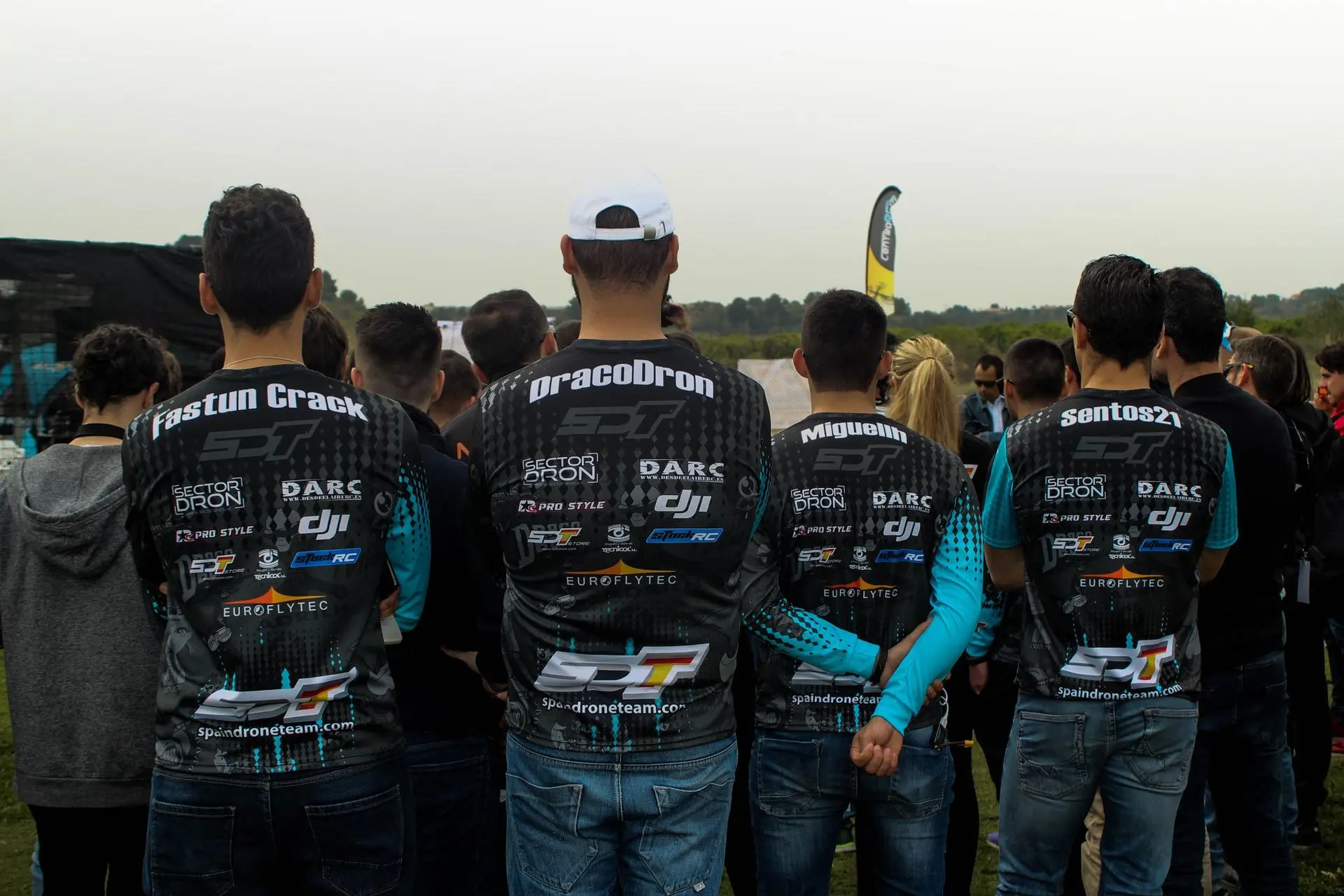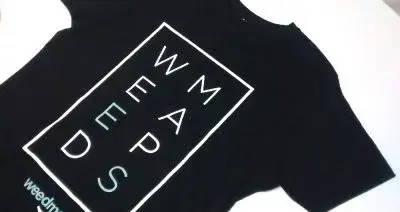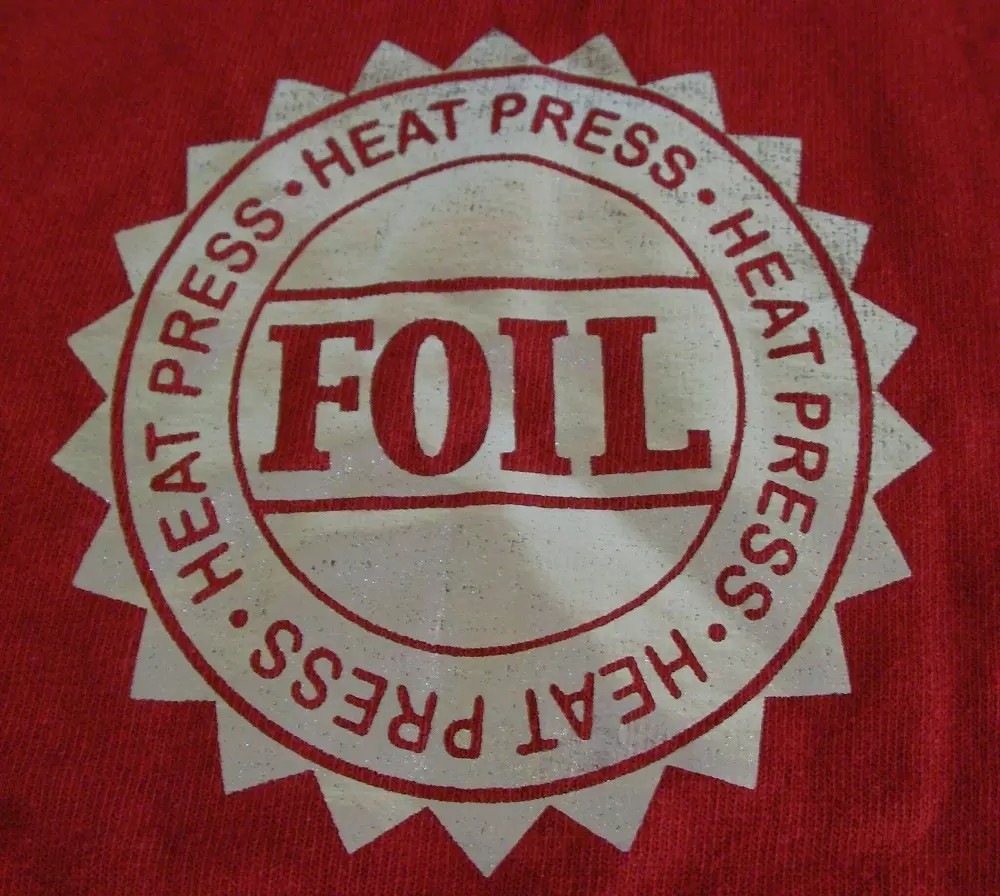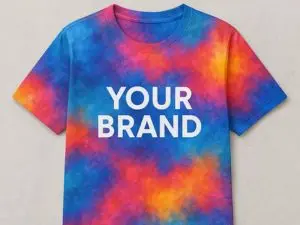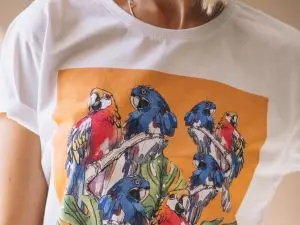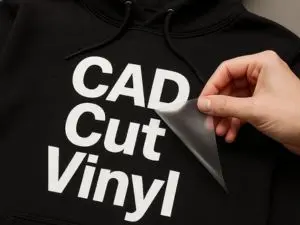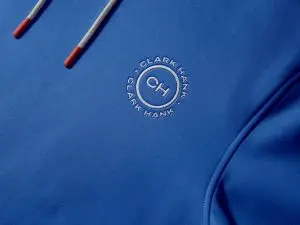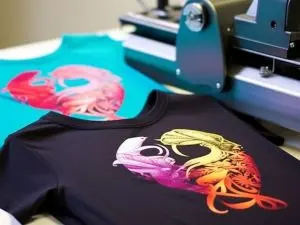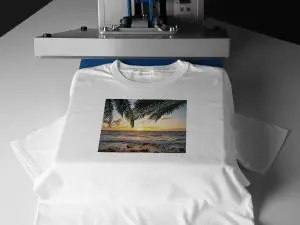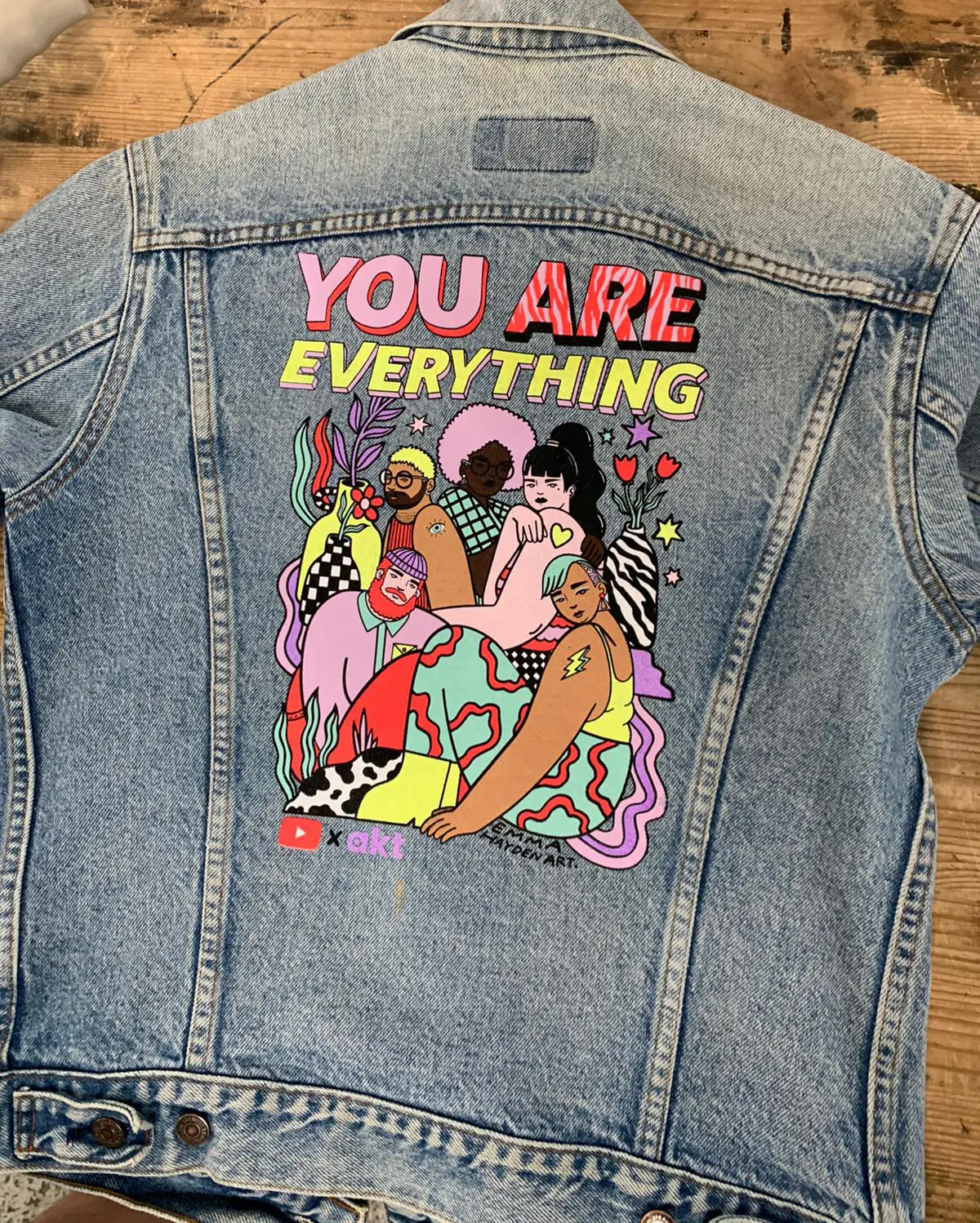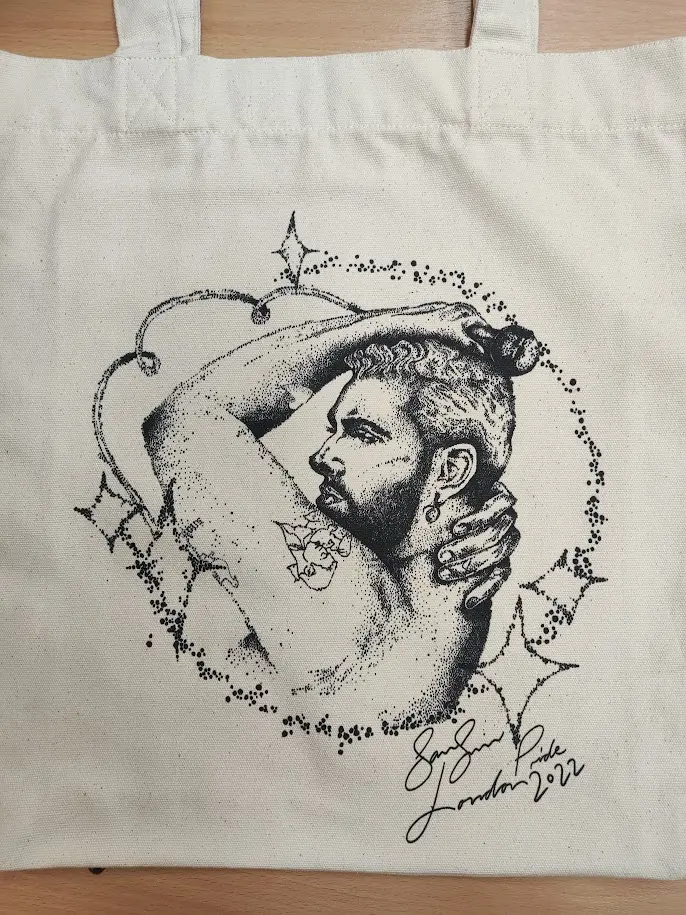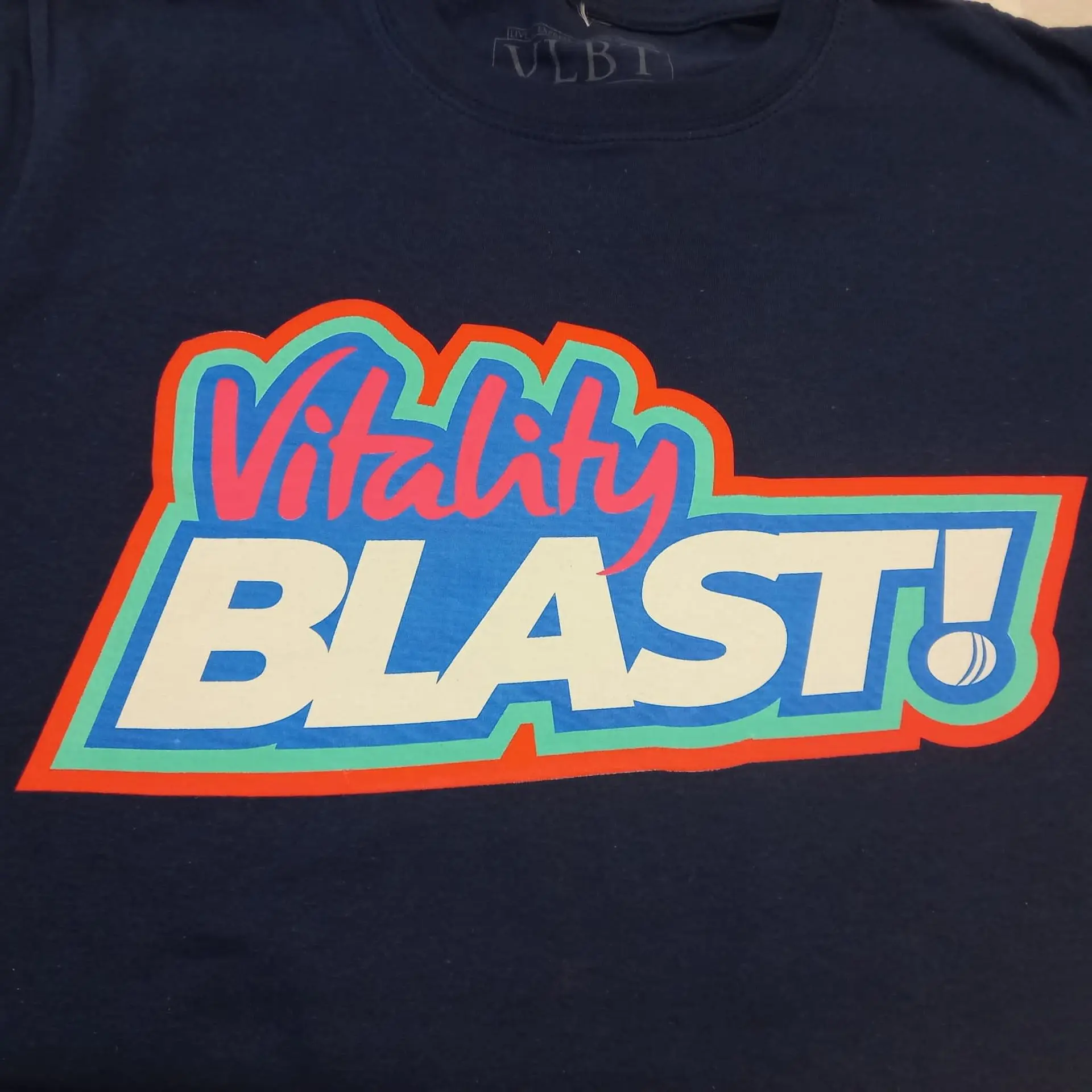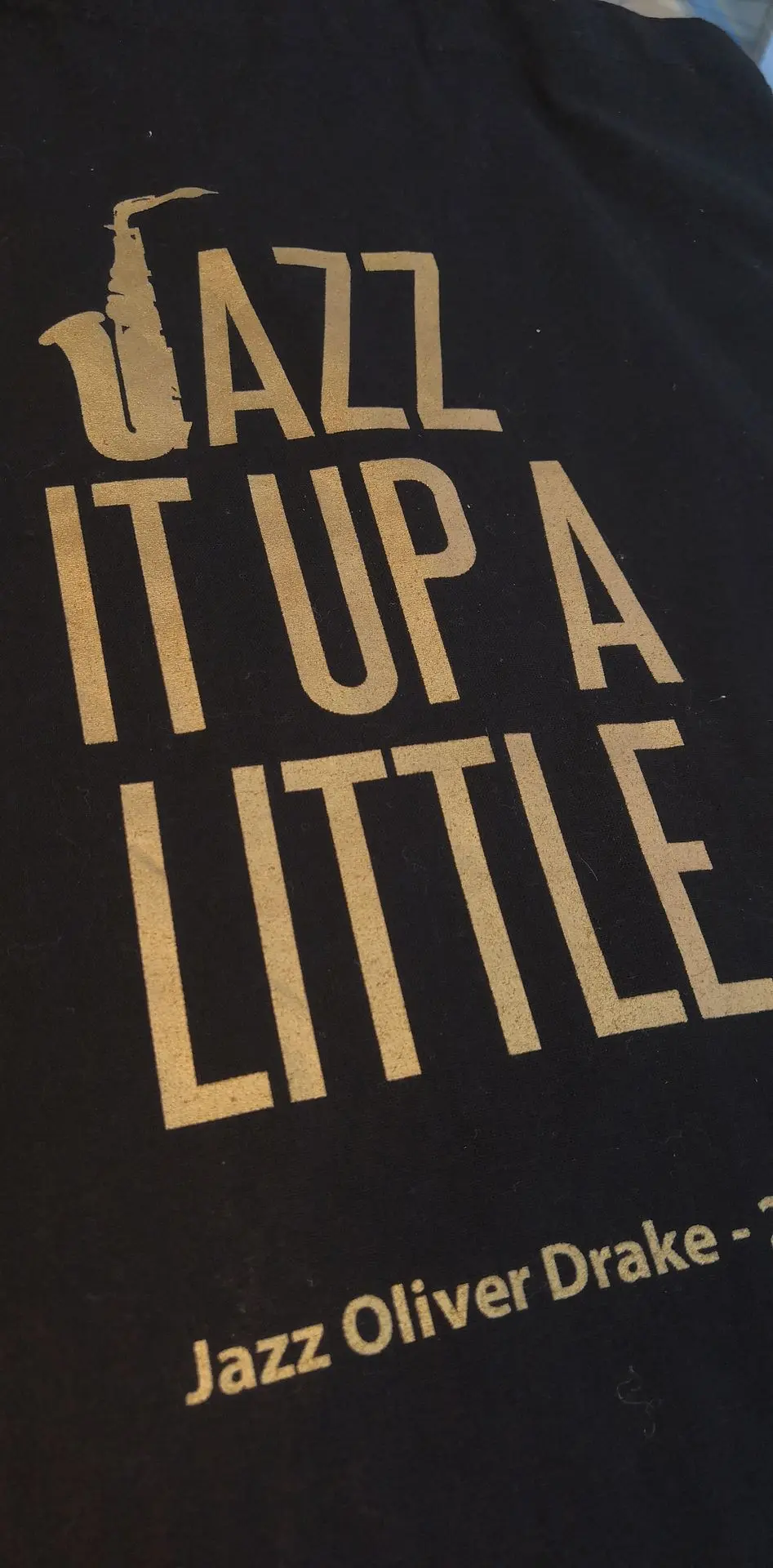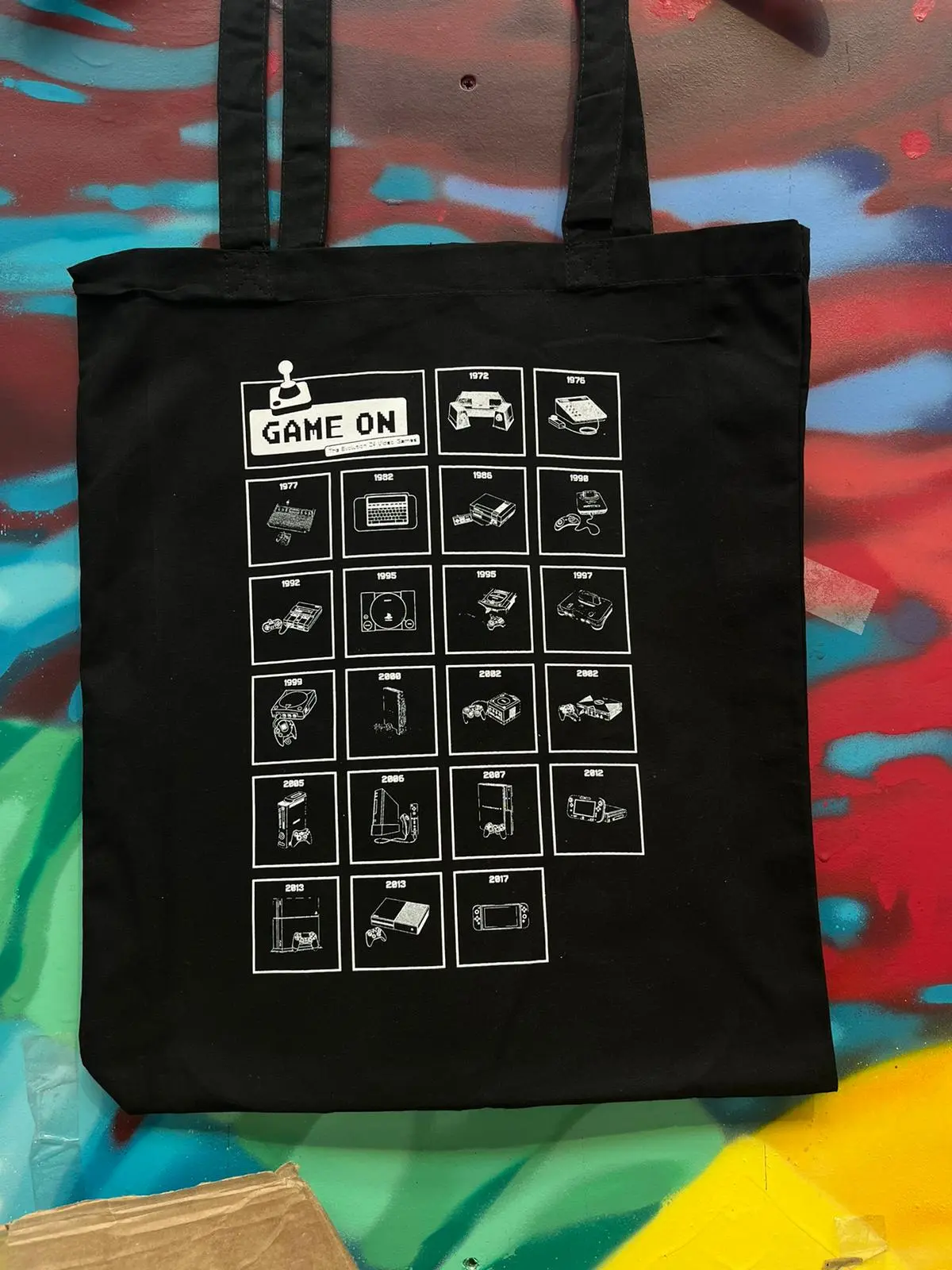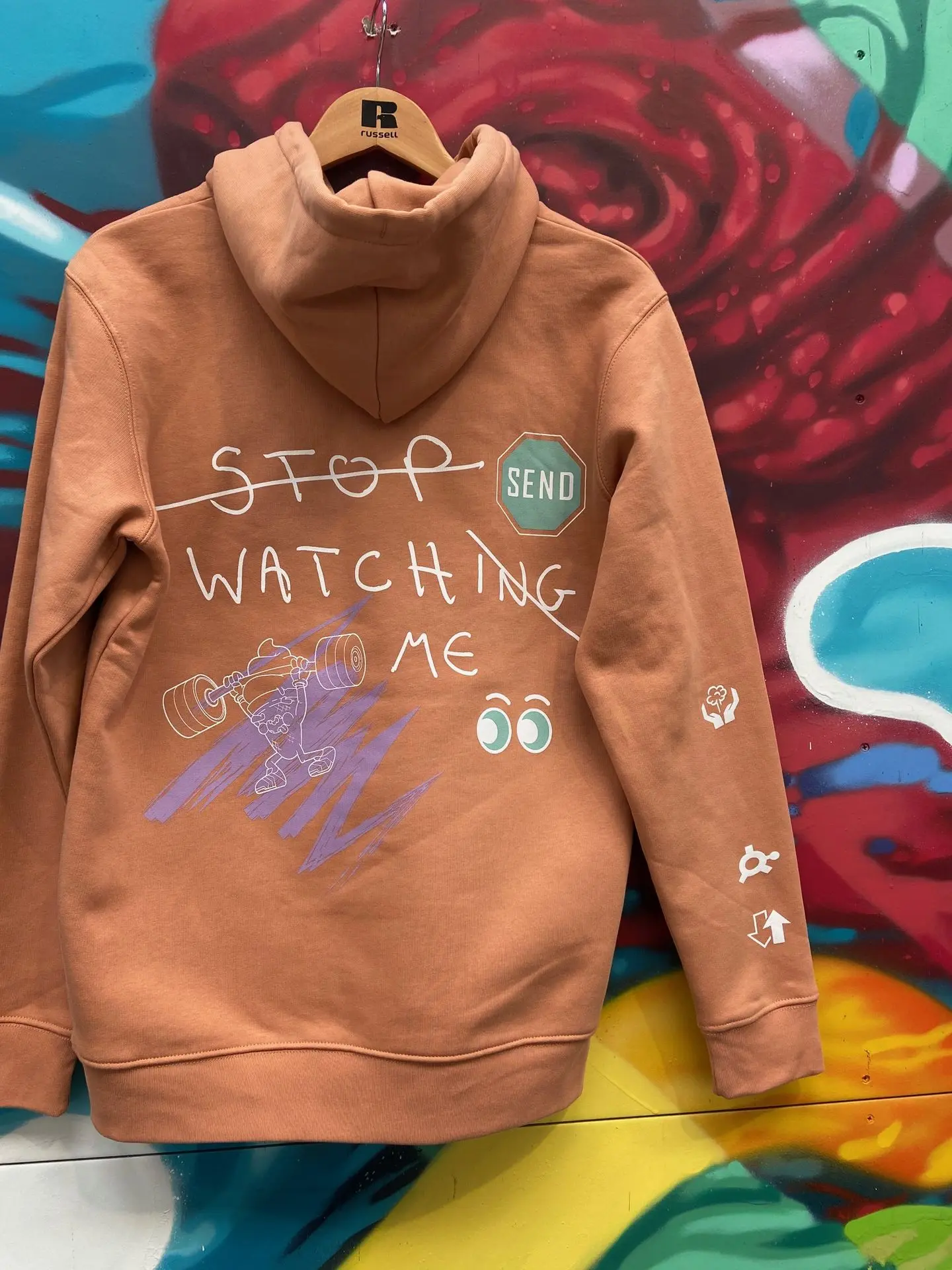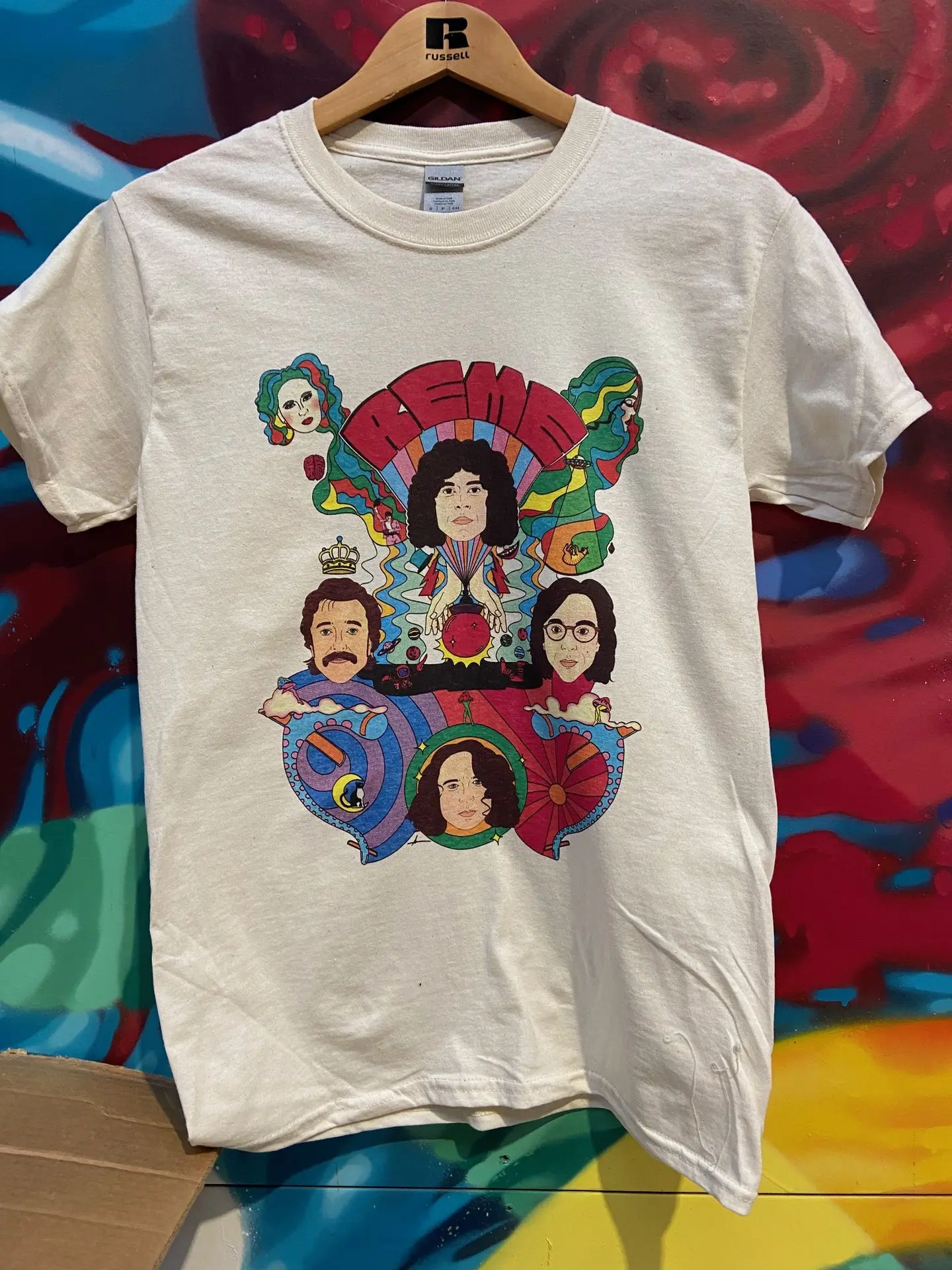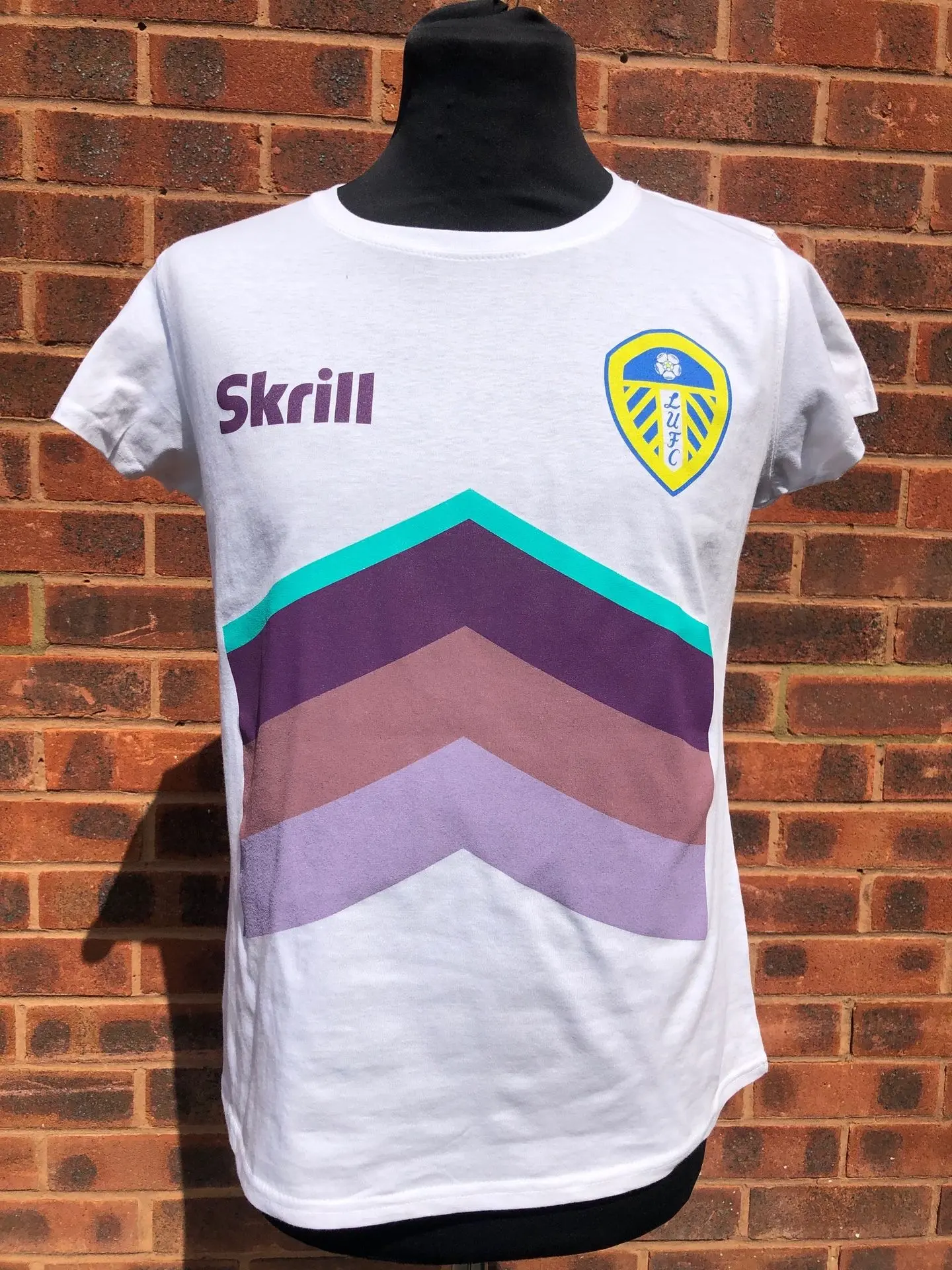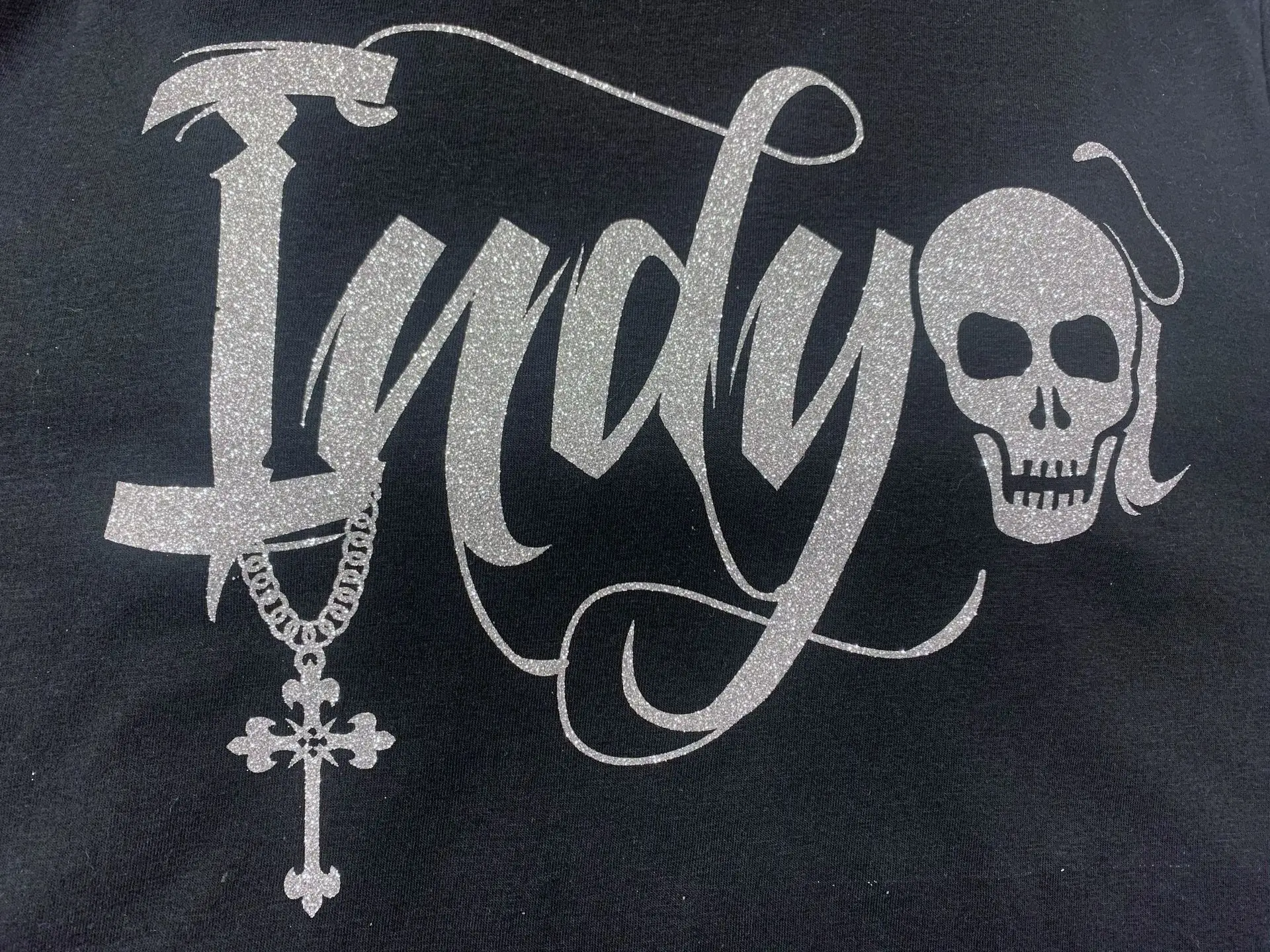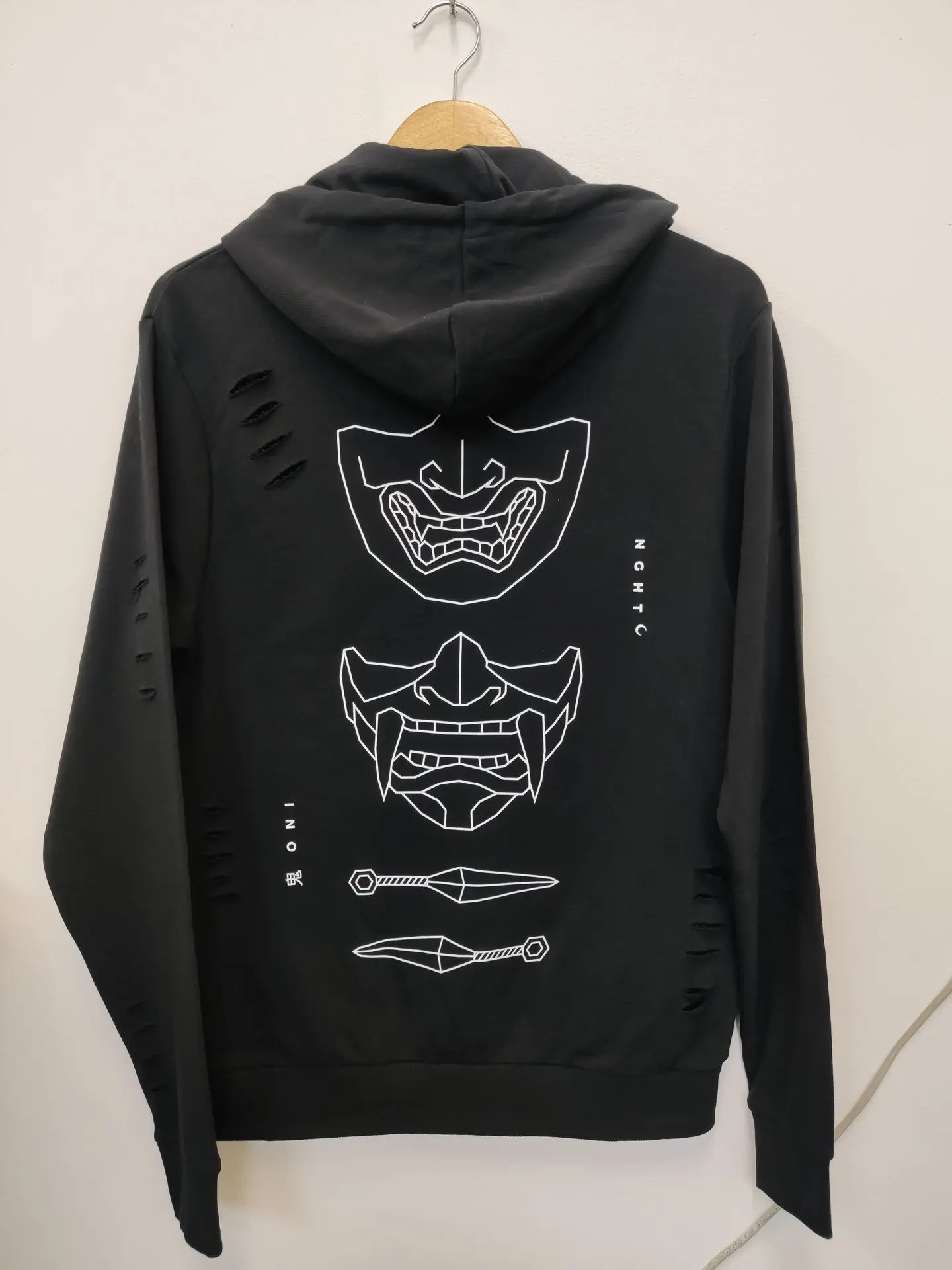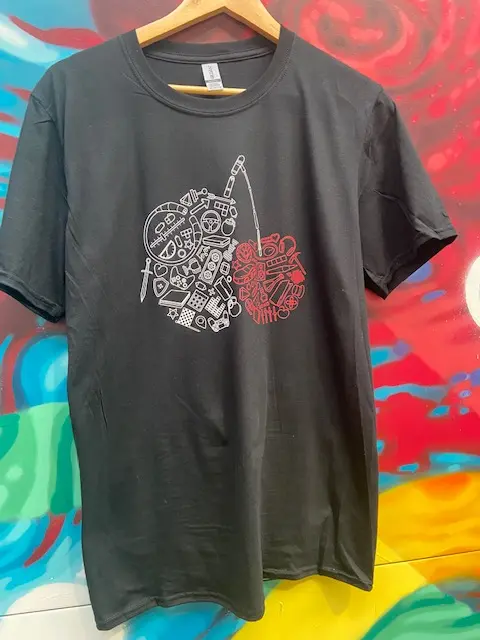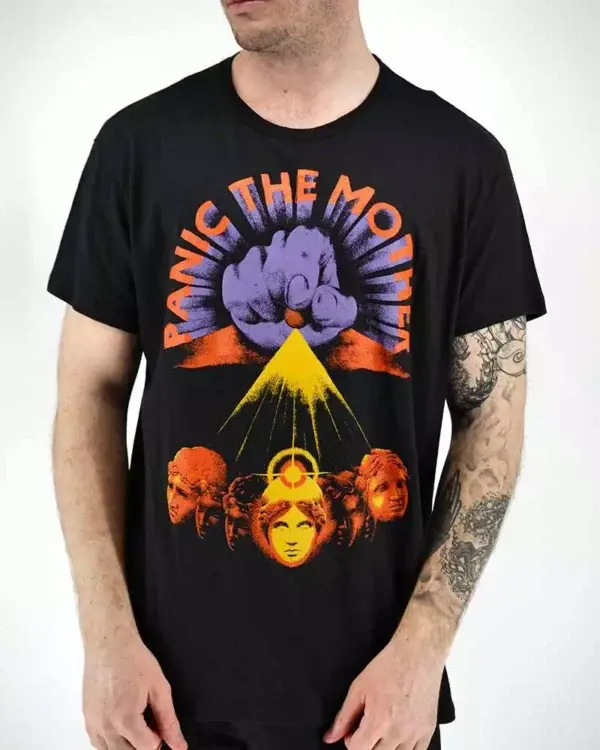What is Screen Printing?
Screen printing – what is it? The screen printing process is a traditional printing technique where ink is pressed through a fine mesh screen for printing onto fabric, one colour at a time. Each design requires its own silkscreen screen printing screen, making it ideal for bold, vibrant prints that are built to last. It’s a popular choice for custom T-shirts, especially in bulk, as well as uniforms and event merchandise. Screen printed t-shirts are known for their rich colour, sharp detail, and durability; they hold up brilliantly to repeated washing and wear. If you're looking to create high-quality printed T-shirts with a professional finish, screen printing t-shirts is a reliable, time-tested option.
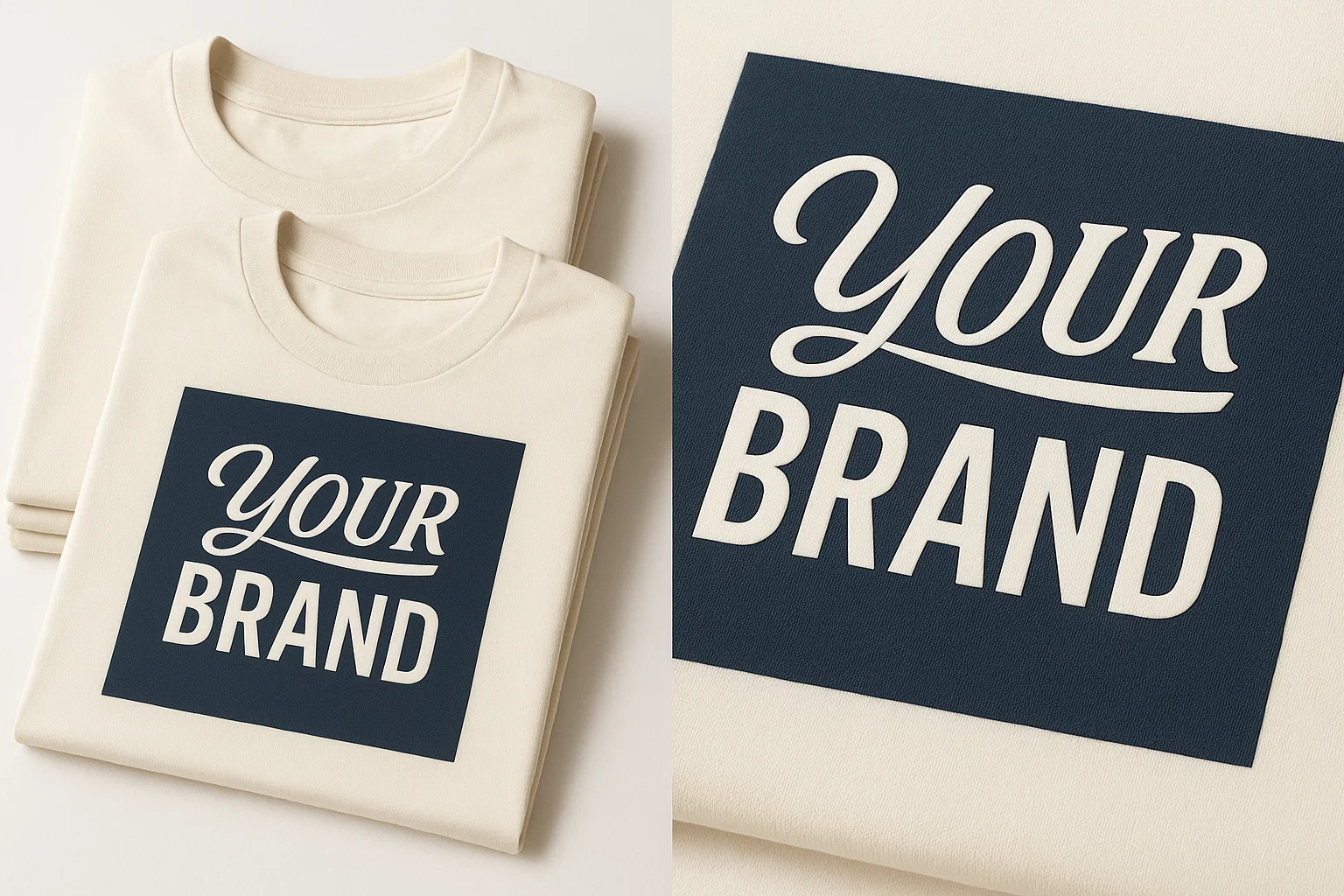
Why Choose Screen Printing?
If you want prints that really pop and stand the test of time, screen-printing is a brilliant choice. It’s perfect for getting bold, vibrant designs onto clothing from team gear to branded workwear. Screen printing onto clothing gives a clean, high-quality finish that holds up wash after wash, making it ideal for busy teams, events, or everyday wear. Screen printed T-shirts, in particular, have that crisp, professional look people notice, and they’re cost-effective too, especially for larger orders. It’s a tried-and-tested method that delivers impact, durability, and style.
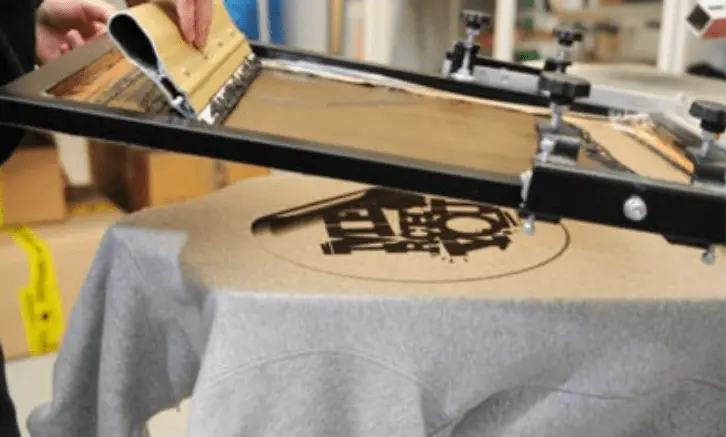
The Process Of Screen Printing Onto Clothing:
We start by mixing the ink to the required Pantone colour reference and applying it to the screen printing screens. Using squeegees, the ink is pushed through the mesh of the screen onto the garment. For dark garments, a white layer or flash layer of ink is applied first, and then the coloured inks are applied on top of this to ensure an accurate Pantone colour match. This screen painting process ensures vibrant, true-to-design results. We can screen print onto T-shirts, hoodies, jackets, sweatshirts, polo shirts, tote bags and many more products, providing custom solutions for all your needs.
There are a range of techniques and inks available within Screen Printing onto clothing!
To create the screen, artwork needs to be supplied in vector format (.ai, .eps or vector PDF) as each colour in the artwork is separated and a different screen is created for each colour that is to be printed. This is why screen printing incurs a higher set-up cost than other digital T-shirt printing techniques.
Advantages of Screen Printing
1. Bold, Vivid Colours
Screen printing delivers strong, vibrant colours thanks to thick layers of ink that sit on top of the fabric. Pantone colour matching to keep true to brand colours & guidelines. Giving a professional finish.
2. High Long Lasting durability & Quality
The inks used are long-lasting and resistant to repeated washing, making screen printing ideal for garments that will see heavy use, such as uniforms, workwear, or promotional apparel.
3. Cost-Effective for Bulk Orders
Very competitively priced – the more you order the cheaper the price. The cost per unit decreases significantly with volume, making it ideal for big runs.
4. Fastest printing technique for printing in large volumes
Screen printing is the fastest technique for producing high volumes of printed clothing quickly, without compromising on quality.
5. Produces designs with multiple colours
Screen printing allows for vibrant, multi-colour designs with sharp detail and long-lasting results.
6. Special Ink Effects Possible
You can incorporate metallic inks, fluorescent inks, puff inks, and other speciality finishes that aren’t typically available with digital methods, allowing for unique creative designs.
Disadvantages of Screen printing
1. High Setup Costs for Small Runs
Each colour requires a separate screen, which takes time and money to produce. More screen printing equipment means higher costs. For short runs or one-off designs, the setup costs are not cost-effective.
2. Limited Colour Usage per Design
The process becomes more complex and expensive with each additional colour. It’s best suited for designs with fewer colours and less intricate detail.
3. Not Ideal for Photographic or Gradient Designs
Fine details, gradients, or photo-realistic images are difficult to reproduce accurately. Screen printing works best for bold lines and graphic elements.
4. Environmental Considerations
Traditional screen printing can generate chemical waste and requires water for cleaning screens. Unless eco-friendly inks and practices are used, it can be less sustainable. Ask for our eco screen printing options.
More Printing Techniques
We offer a wide range of advanced printing methods to suit every style, fabric and finish. Whether you're looking to achieve vibrant full-colour artwork, subtle detailing, or a premium textured effect, we’ll match the right technique to your needs. Each option provides a different look and feel, so no matter your project, from fashion to corporate wear, we’ll help you find the perfect solution for standout results that last.
Frequently Asked Questions (FAQs)
Yes, screen printed shirts are known for their excellent quality and durability. At Garment Printing, we use high-quality inks and advanced screen printing equipment to ensure crisp, vibrant prints that last.
Screen printing involves creating a stencil (or screen) for each colour in your design. Ink is then pushed through the screen onto the fabric, one colour at a time. At Garment Printing, our expert team ensures colour accuracy and sharp detailing using Pantone-matched inks for a flawless finish.
Technically, you can dye a screen printed garment, but it's not generally recommended. The dye may not adhere evenly over the printed areas and could alter the design or colours.
Yes, but with care. Always iron screen printed shirts inside out and avoid direct heat on the printed area to prevent cracking or melting of the ink.
Absolutely. Screen printing works very well on black and dark-coloured garments. At Garment Printing, we use high-opacity inks and underbase layers to ensure colours pop, even on dark fabrics.
Yes. Screen printed shirts are designed to withstand regular washing when cared for properly. Turn them inside out, wash in cold or lukewarm water, and avoid bleach and harsh detergents.
Yes, screen printed shirts are one of the most durable printing options available. When printed properly, like at Garment Printing, they can last for years with minimal fading or wear, even with regular use.
Our Screen Printing Gallery

Get 10% off your first order
Get a quick quote for your next custom project and we'll
give you 10% off or free delivery when you spend £500 or more

